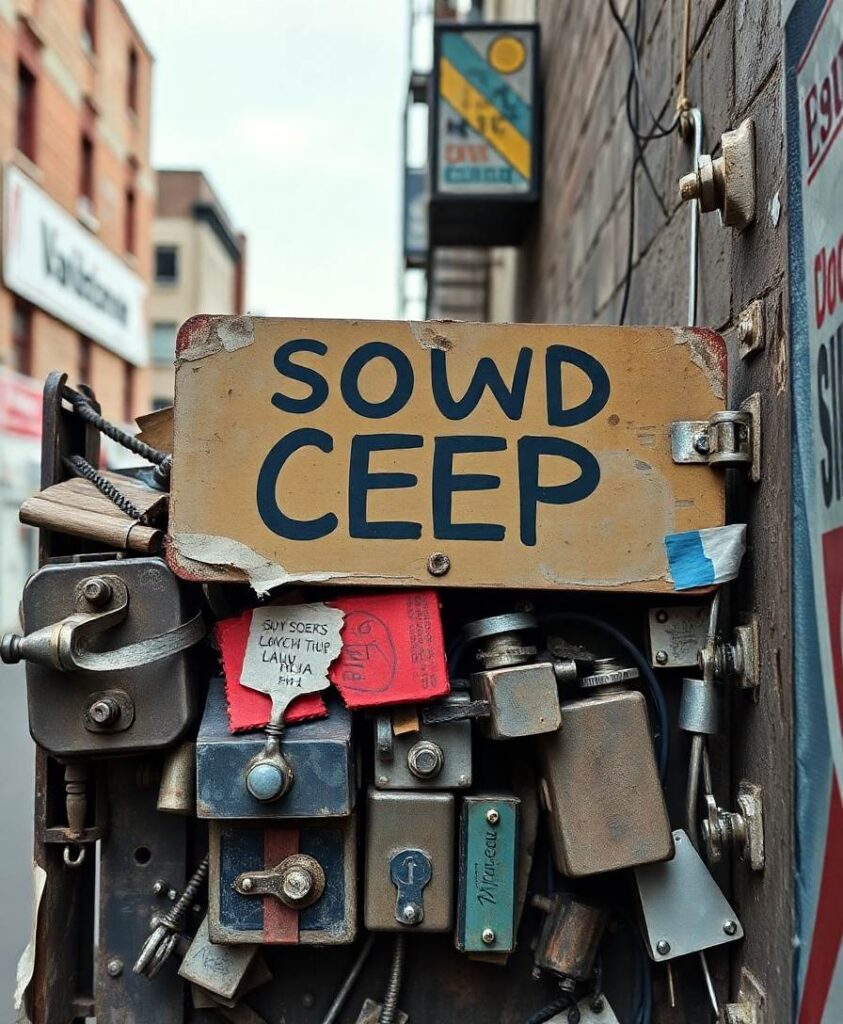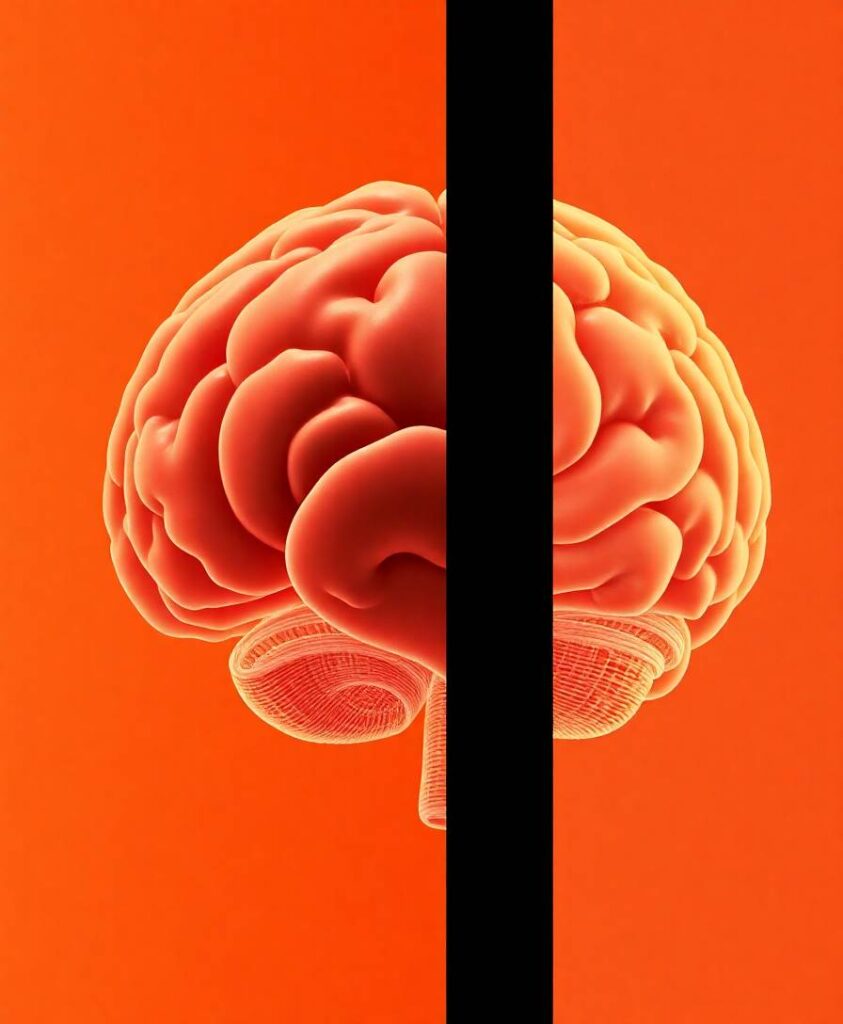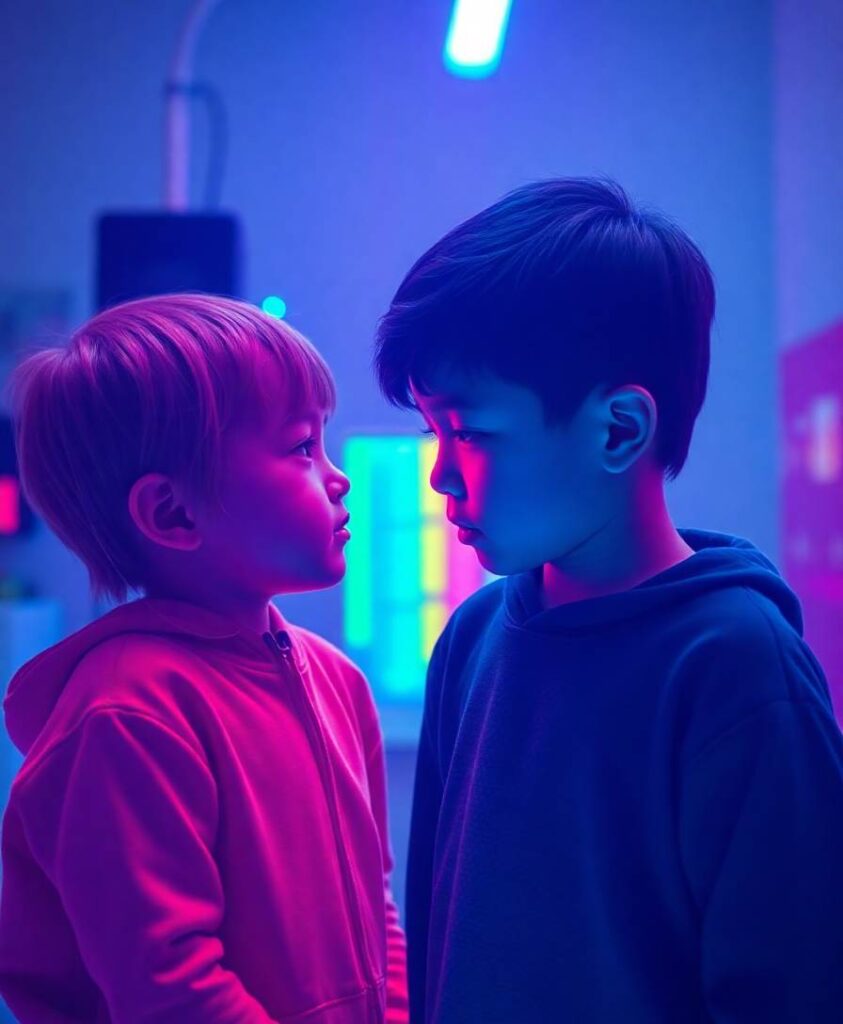Statistical Learning of Unfamiliar Sounds as Trajectories Through a Perceptual Similarity Space
Abstract
In typical statistical learning studies, researchers define sequences in terms of the probability of the next item in the sequence given the current item (or items), and they show that high probability sequences are treated as more familiar than low probability sequences. Existing accounts of these phenomena all assume that participants represent statistical regularities more or less as they are defined by the experimenters—as sequential probabilities of symbols in a string. Here we offer an alternative, or possibly supplementary, hypothesis. Specifically, rather than identifying or labeling individual stimuli discretely in order to predict the next item in a sequence, we need only assume that the participant is able to represent the stimuli as evincing particular similarity relations to one another, with sequences represented as trajectories through this similarity space. We present experiments in which this hypothesis makes sharply different predictions from hypotheses based on the assumption that sequences are learned over discrete, labeled stimuli. We also present a series of simulation models that encode stimuli as positions in a continuous two‐dimensional space, and predict the next location from the current location. Although no model captures all of the data presented here, the results of three critical experiments are more consistent with the view that participants represent trajectories through similarity space rather than sequences of discrete labels under particular conditions.
Farah is a Middle Eastern-Canadian sociologist from Ottawa, examining the role of social structures in fostering personal growth. Her passion is highlighting stories of human adaptability, and promoting inclusive group strategies for realizing untapped potential.



